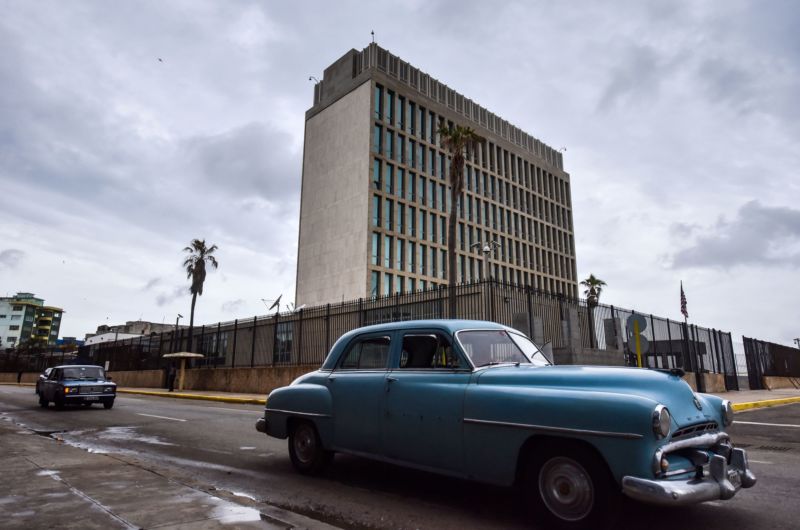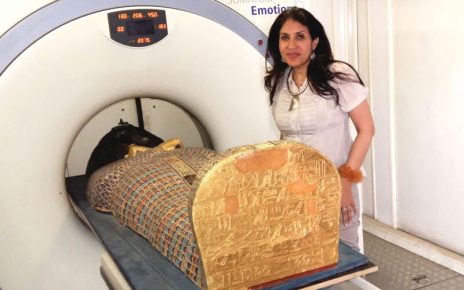
Enlarge / Picture of the US embassy in Havana, taken on September 29, 2017, after the United States announced it was withdrawing more than half its personnel in response to mysterious “health attacks” targeting its diplomatic staff. (credit: Getty | AFP)
A device delivering pulsed electromagnetic energy or ultrasound “plausibly explains” the enigmatic health incidents that have caused debilitating and long-term neurological effects in some US diplomats and intelligence agents. That’s according to a report by a panel of intelligence community analysts and outside experts in the fields of science, medicine, and engineering. An executive summary of the report was declassified and released Wednesday.
The new report is the latest effort to unravel a medical mystery that began in 2016 when US and Canadian diplomats stationed in Havana, Cuba, reported bizarre, unexplained episodes. The diplomats described piercing, directional sounds and vibrations that left them with a constellation of neurological symptoms, sometimes referred to as “Havana Syndrome.” Since then, reports of hundreds of additional possible cases among US intelligence agents stationed all over the world have poured in, fueling wide speculation, skepticism, and political controversy.
The new report bolsters a leading but contentious hypothesis: that the incidents are attacks by a foreign adversary—mostly suspected to be Russia—using a covert weapon, possibly one that delivers pulsed radiofrequency energy. While some analysts and experts have openly dismissed the idea, the panel concludes that pulsed electromagnetic energy or ultrasound are plausible causes. However, the panel did not examine who might be responsible.





